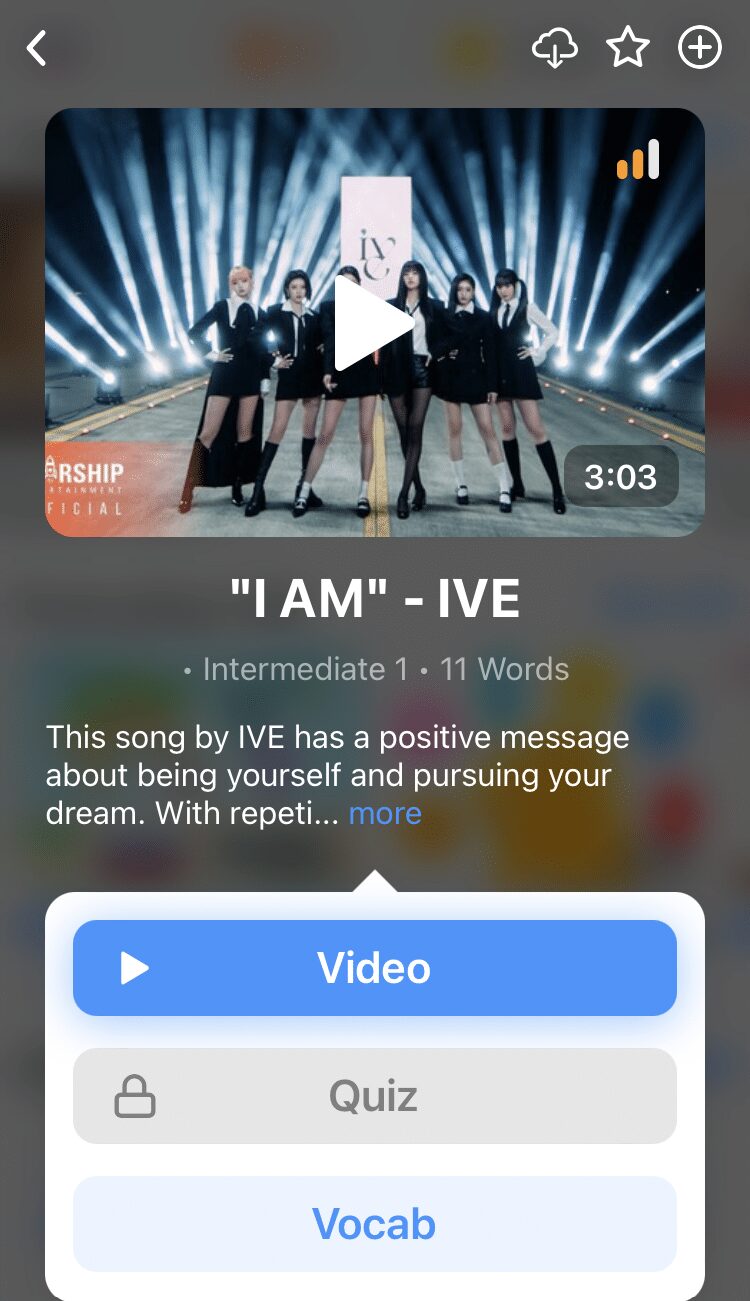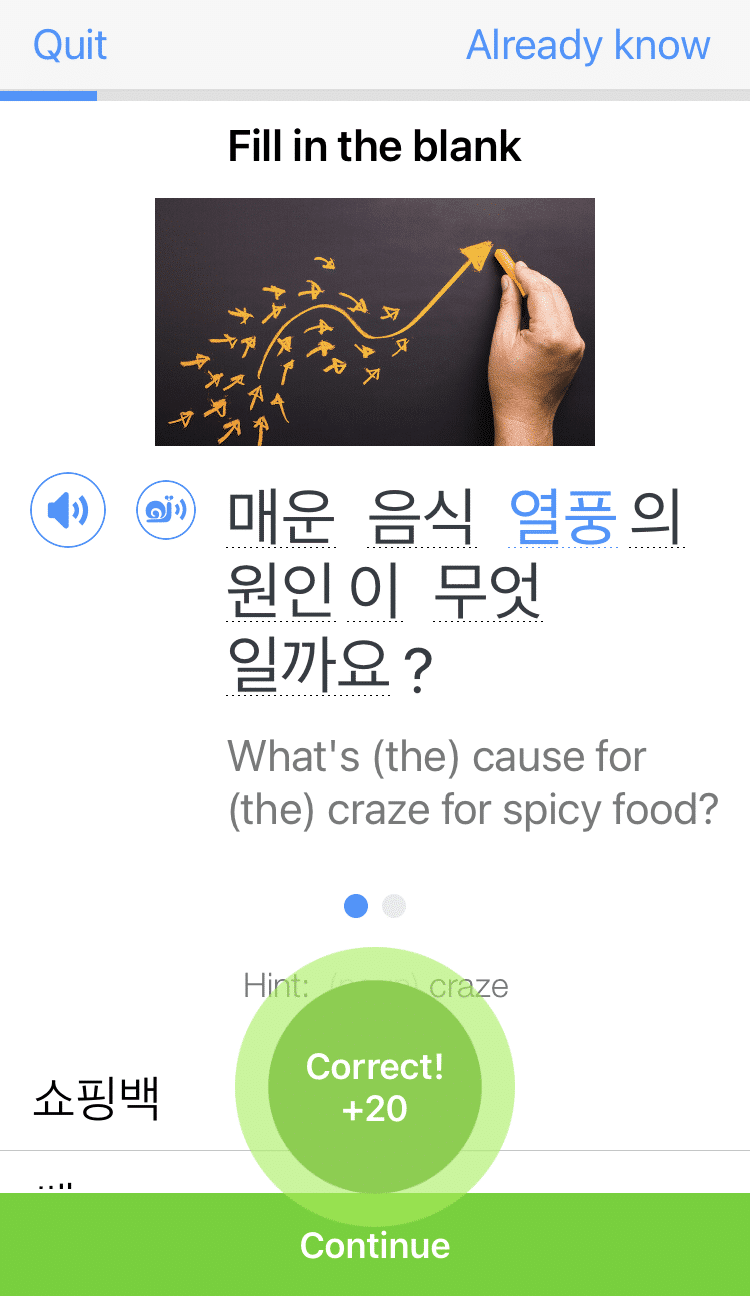Korean Honorifics: How to Address Everyone Correctly in Korea

Honorifics are incredibly important in Korean culture for proper conversation and relationship-building. Forgetting to use them can be seen as very disrespectful, and it’s a mistake that tons of foreigners make in Korea, as indicated in our video lesson below:
While this might feel intimidating, don’t worry. Just study this list of the essential Korean honorific suffixes and other titles so you can thrive in your Korean conversations.
Download: This blog post is available as a convenient and portable PDF that you can take anywhere. Click here to get a copy. (Download)
Most Common Korean Honorifics
The first step to knowing which honorific to use is to know who you’re talking to. If you don’t know the person well, it’s best to use an honorific.
If you’re not sure which honorific is best, it’s okay to ask what someone prefers.
Note that age is important to Korean honorifics—so don’t be surprised if a Korean person asks you how old you are. Also keep in mind that they may be thinking in terms of the “Korean age,” meaning following the lunar calendar.
Here are some of the most common Korean honorifics you’ll need to know.
씨 (shi)
Meaning: Mr./Mrs./Miss
When added to a name, this essentially means Mr./Mrs./Miss. It’s the most common and general honorific, and your go-to for someone who you’re unfamiliar with but is at a relatively equal social and conversational standing.
This suffix should always be attached after the first name of the individual, and not their surname.
For example, you could say:
- 김영철 씨 (Kim Young-chul shi, or “Mr. Kim Young-chul”)
- Or to be more casual, 영철 씨 (Young-chul shi, or “Mr. Young-chul”)
But you would not say 김 씨 (Kim shi). Attaching the suffix to the last name is seen as inappropriate or straight-up rude, so it’s best to avoid it altogether.
Example sentences
서준 씨, 무슨 음식을 좋아하세요? (Mr. Seok-jin, what food do you like?)
지안 씨, 나이가 어떻게 되세요? (Mrs. Ji-an, how old are you?)
님 (nim)
Meaning: Mr./Mrs./Miss
If you want to go the extra mile of respect, 님 is the right honorific to use. This is a step above 씨 and generally for those of a profession or notable skill or status, such as a 선생님 (seon-saeng-nim — teacher) or a 목사님 (mok-sa-nim — pastor).
You can use this after a full name or after a first name.
Example sentences:
선생님, 저는 질문 있어요 (Teacher, I have a question.)
사장님, 회의가 언제예요? (Boss, when is the meeting?)
선배 (sun-bae)
Meaning: Senior
This is for someone who is your senior in age or experience that you may encounter at the workplace or at school.
This one can stand alone, so you can just call someone 선배 without having to attach a name.
It is also possible to use this with someone who is younger than you if they have more experience than you.
Example sentences:
선배님, 조언 좀 해주세요 (Senior, please give me some advice)
선배님, 함께 일하면서 많이 배우고 있어요 (Senior, I am learning a lot from working together)
후배 (hu-bae)
Meaning: Junior
This is the alternative to 선배 as it is used for the person who is more junior in standing.
Once again, this can stand alone and can be used for someone older if they are less experienced.
Example sentences:
후배들, 오늘은 고생 많았어요 (Juniors, you worked hard today)
후배들, 항상 최선을 다해요 (Juniors, always do your best)
군 (goon)
Meaning: Mr. (young man)
This honorific is not as common as 씨, but it basically means the same thing. This is used for young, unmarried males in a formal occasion.
군 can be attached after the first or last name. It is better to not use this one in everyday conversation as it can be seen as condescending since it may suggest submissiveness or certain gender roles.
Example sentences:
하준 군, 오늘 식사 어때요? (Ha-joon, shall we have a meal together today)
지호 군, 오늘 수고 많았어 (Ji-ho, you worked hard today)
양 (yang)
Meaning: Miss (young woman)
This is the same as 군, but for young and unmarried females.
Example sentences:
하린 양, 너의 도움이 필요해 (Ha-rin, I need your help)
수아 양, 너의 의견에 동의해요 (Su-ah, I agree with your opinion.)
귀하 (gwi-ha)
Meaning: Dear, to/Formal pronoun for reader or listener
This honorific is very formal and one you’ll likely see more often in writing than in conversation.
귀하 can translate to “dear”, so you’ll see it most often in formal letters or when a company is addressing a valuable client, often with the full name: 윤희철 귀하 (Yoon Hee-chul-gwi-ha).
Example sentences:
귀하의 의견을 소중히 생각하고 있습니다 (We value your opinion highly)
귀하의 지원에 감사드립니다 (We appreciate your support)
Common Korean Titles for Family
Korean culture has strong Confucian values that really place importance on respecting elders, especially within the family
When it comes to siblings, younger Korean siblings refer to their elder siblings using special titles, often in place of their real names, while elder siblings in turn can call their younger siblings their given names.
The same titles can also be used for those who are not biologically related, but are still older than you and are okay with being addressed more familiarly:
오빠 (op-pa)
Meaning: Older brother (to a female)
This title is used when a female is referring to her older brother or an older brother-like figure.
Example sentences:
오빠, 피곤해요? (Are you tired?)
같이 가요, 오빠 (Let’s go together)
형 (hyung)
Meaning: Older brother (to a male)
This is used by males when they are referring to an older brother or an older brother-like figure.
Example sentences:
형, 오랜만이에요! (It’s been a while!)
지금 바빠요, 형? (Are you busy right now?)
누나 (nu-na)
Meaning: Older sister (to a male)
When a male is referring to an older sister or an older sister-like figure, he’ll use this title.
Example sentences:
누나, 어디 가요? (Where are you going?)
누나, 잘 지냈어요? (How have you been?)
언니 (un-ni)
Meaning: Older sister (to a female)
When a female is referring to her older sister or an older sister-like figure, she uses 언니.
Example sentences:
언니, 제일 좋아하는 색깔이 뭐예요? (What’s your favorite color?)
언니, 지금 뭐 하세요? (What are you doing right now?)
How to Use Honorifics in Korean
When deciding which honorific title to use for somebody, it’s important to consider what your relationship is. Are they a stranger? Are they much older than you? Do they have a particular role or position such as 선생님 (teacher)? These are all situations where you should use honorific terms.
You may need to politely ask for someone’s name (이름이 어떻게 되세요?) if you plan on using suffixes such as 님 or 씨.
It’s important to bear in mind that you should also use the appropriate speech politeness level along with the honorific. Read this guide to find out more about how to do this.
Honorific Verbs
Korean also has a number of different honorific verbs. These are more polite versions of the standard verb, and are used to show respect to older people, or people in a “higher” position than you. For example:
- 말하다 (to speak) → 말씀하시다 (honorific form of “to speak”)
- 먹다 (to eat) → 드시다 (honorific form of “to eat”)
- 주다 (to give) → 드리다 (honorific form of “to give”)
- 있다 (to be/to exist) → 계시다 (honorific form of “to be/exist”)
Additionally, there is the honorific particle -시 or -으시 which can be added to standard verbs to make them more polite. The way they’re written and pronounced will change depending on which speech politeness level you are using (e.g. in the polite form, 가시다 becomes 가세요.)
- 가다 (to go) → 가시다 (honorific form of “to go”)
- 오다 (to come) → 오시다 (honorific form of “to come”)
- 하다 (to do) → 하시다 (honorific form of “to do”)
- 모르다 (to not know) → 모르시다 (honorific form of “to not know”)
Honorific Pronouns
There is a range of different pronouns you can use for yourself and others in Korean, but it’s important to note that not all pronouns can be used in polite or formal situations.
- 나 (casual “I”) → 저 (formal “I”)
- 우리 (casual “our”) → 저희 (formal “our”)
The casual term for “you” in Korean is 너, but for polite and formal settings, you will generally just use the person’s name with the appropriate suffix, or their title.
Honorific Nouns
In Korean, there are also different honorific nouns that are used when talking about objects in relation to someone in a higher position than you. You generally use these terms whether you’re talking to, or about, the person.
For example:
- 집 (house) → 댁 (honorific for “house”)
- 사람 (person) → 분 (honorific for “person”)
- 나이 (age) → 연세 (honorific for “age”)
- 이름 (name) → 성함 (honorific for “name”)
More Honorific Titles in Korean
| Korean Honorific Title | English Translation |
| 교수님 | Professor |
| 부장님 | Manager |
| 회장님 | Chairman |
| 이사님 | Director |
| 사장님 | CEO/President |
| 사모님 | Mrs./Madam |
| 부모님 | Parents |
| 회원님 | Member |
| 고객님 | Customer |
| 여사님 | Madam/Wife |
| 신부님 | Priest |
| 목사님 | Pastor |
| 감독님 | Director/Supervisor |
| 대표님 | Representative |
| 소장님 | Chief/Curator |
| 손님 | Guest |
Why Do Koreans Use Honorifics?
Having and demonstrating respect for position is extremely important in Korean culture and one of the best ways to do this is by using the correct words.
In order to demonstrate verbal respect in Korean, we use honorifics to show politeness and understanding of social positions.
Improperly using an honorific can be perceived as disrespectful or amusing. You need to be aware of who you’re talking to (particularly their age and status) so that you may demonstrate the proper amount of respect.
They can be tricky to master, so if you’re still confused about when all the above terms are used, watching authentic Korean media, like K-dramas, will help you get a better sense of how these fit into actual conversations. You could also use a virtual immersion program.
The language learning program FluentU has short videos with dual-language subtitles, which will make it easier to spot these honorifics as they come up.
FluentU takes authentic videos—like music videos, movie trailers, news and inspiring talks—and turns them into personalized language learning lessons.
You can try FluentU for free for 2 weeks. Check out the website or download the iOS app or Android app.
P.S. Click here to take advantage of our current sale! (Expires at the end of this month.)
By seeing Korean used by native speakers, you’ll understand how honorifics are really used in different contexts.
Honorifics are definitely important and something you’ll encounter in Korean every day. However, it can take a long time to grasp them confidently, so don’t worry about getting it all right from the get-go.
With enough practice, you’ll know Korean honorifics like the back of your hand and be able to dish them out to whoever, whenever, like a true native. Good luck!
Download: This blog post is available as a convenient and portable PDF that you can take anywhere. Click here to get a copy. (Download)
And One More Thing...
If you enjoyed this post, you're already halfway to having the time of your life learning Korean with FluentU!
FluentU makes it possible to learn with K-pop videos, funny commercials, entertaining web series and more. Just a quick look will give you an idea of the variety of FluentU videos on offer:

FluentU really takes the grunt work out of learning languages, leaving you with nothing but engaging, effective and efficient learning. It's already hand-picked the best videos for you (which are organized by level and topic), so all you have to do is simply choose any video that strikes your fancy to get started.
Each word in the interactive captions comes with a definition, audio, image, example sentences and more.

Access a complete interactive transcript of every video under the Dialogue tab, and easily review words and phrases from the video under Vocab.

You can use FluentU’s unique Quiz Mode to learn the vocabulary and phrases from the video through fun questions.

FluentU keeps track of what you're learning, and tells you exactly when it's time for review, giving you a 100% personalized experience.
Review sessions use video context to help embed the words in your memory.
Start using the FluentU website on your computer or tablet or, better yet, download the FluentU app from the iTunes or Google Play store. Click here to take advantage of our current sale! (Expires at the end of this month.)








